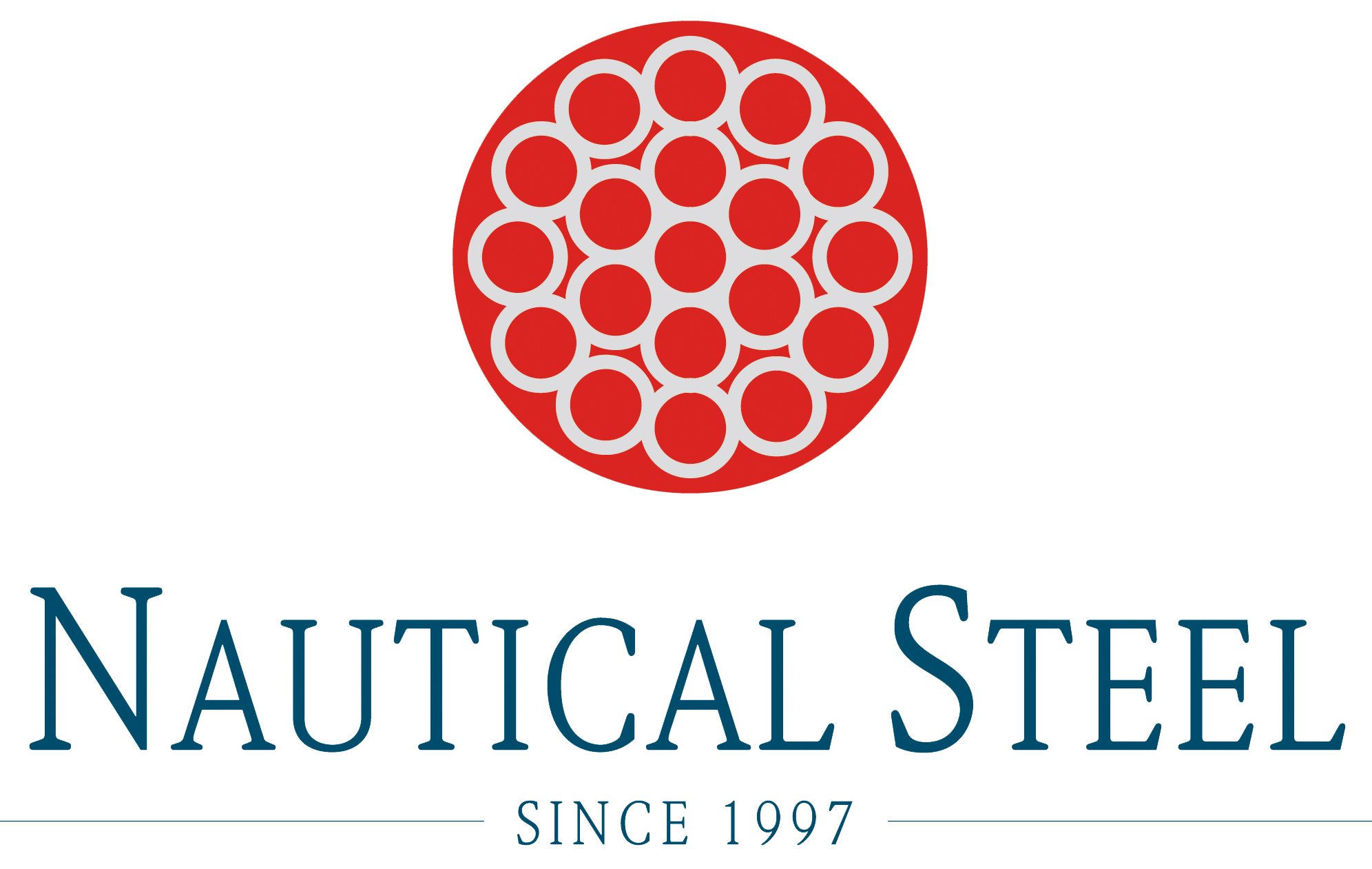Grade 316 stainless steel is a very popular class of stainless steel alongside Grade 304 Stainless steels. Both these austenitic steels are used extensively in the Marine and Architectural environment. Grade 316 stainless steel is very popular choice of steel because it offers greater protection against the Chlorides in our coastal environment which result in pitting corrosion. Columbus Stainless is a South African mill that produces flat steel coil from raw iron ore which is required for steel tube to be manufactured. Rolling starts with one long sheet passing through a series of rollers, which slowly shape it into a perfect tube. The tube is then polished and sold in standard sizes and lengths to fabricators and steel suppliers in the construction sector to be turned into balustrades. Stainless Steel has remained very popular with Architects and the Construction industry due to its robust nature and aesthetic appearance. The stainless-steel surface can be supplied with a variety of different finishes from brushed to highly polished. A highly polished finish offers an additional thin layer of protection known as the passive layer. This passive film is vital in maintaining corrosion resistance of the stainless steel. It is important to prevent this passive layer from being penetrated. The polished appearance also aids in scratch and stain resistance and is exceptionally hygienic and easy to clean.
Stainless steel balustrade overview.
Grade 304 and 316 are also used in the manufacture of stainless steel posts and hand rails for stainless steel balustrades. Grade 316 is suitable for exterior use in coastal areas where the balustrade is subjected to the harsh coastal conditions resulting in sea spray with waves breaking over rocks.
Traditional stainless steel balustrades are manufactured out of 38mm or 50mm round tubular sections with thinner intermediate rails. The vertical posts on the balustrade are generally spaced 1.2m – 1.5m apart with smaller intermediate rails made from 13mm or 16mm mm diameter steel tubes which are welded to the vertical tubes. In order to ensure a neat finish, the end posts can be sealed and rounded off with stainless steel end caps and bases will receive steel base plates to round them off professionally. South African building regulations state that a balustrade must measure 1000mm high from top of the handrail down to the floor. The gaps in-between the balustrade must not exceed 100mm. Stainless steel cables are an elegant and very cost-effective solution to design a balustrade. By replacing the thin 13mm or 16mm tubes with cables, there is a lot less welding required as all that is required is for holes to be drilled through the uprights. The cables are structurally very strong, allow for a clear view through the structure, and do not remain bent if stood on as is the case with the thin tube infill.

Stainless steel cable balustrades are a popular style to consider for your balustrade or deck design. Using stainless steel wire rope will result in 8-9 lines of wire rope spanned between the end posts. 4mm Stainless steel wire rope is the preferred size to use for a balustrade but 3mm is popular as well. Stainless steel wire rope has the added benefit of being able to span for long distances thus covering more area but keeping the overall cost of the balustrade low. The steel cables are fastened to small stainless steel tensioners that attach to the end posts.
Stainless Steel is also increasingly used as a structural material in the construction of buildings due to its structural strength, corrosion resistance, fire resistance and mechanical properties.
Below is an example of a Stainless steel balustrade constructed out of steel tube on a wooden deck overlooking the Atlantic Ocean. The combination of cables with steel tube remains an attractive balustrade solution. Stainless steel tube has become a popular balustrade choice not only due to its aesthetics and longevity but also because it is 100% recyclable. During the manufacturing process most of the raw material is extracted from scrap steel. Stainless steel is also a clean and non-toxic steel with no toxic runoff. It has also become the preferred building material in the Green Building space. When the appropriate Grade and finish of stainless steel is selected there is no reason to replace the stainless steel even if a building has a life span of many years. The longevity of thestainless steel can be increased with regular maintenance in the form of washing with a soft sponge using lukewarm water and sunlight liquid.


Combinations of steel tube and wood are trendy, as seen in the below example, manufactured by Tru Steelworx in Bredasdorp. The warm texture of the architecturally round shaped wood posts is contrasted strongly against the polished stainless steel tubular handrail.

Vertical balustrade cables on staircases are another modern design that is increasingly popular with home owners, architects, and deck builders. The below vertically flowing cable design is pleasing to the eye and creates the feeling of a floating staircase suspended in the air. The cables are connected to the staircase via round steel rods.

References:

